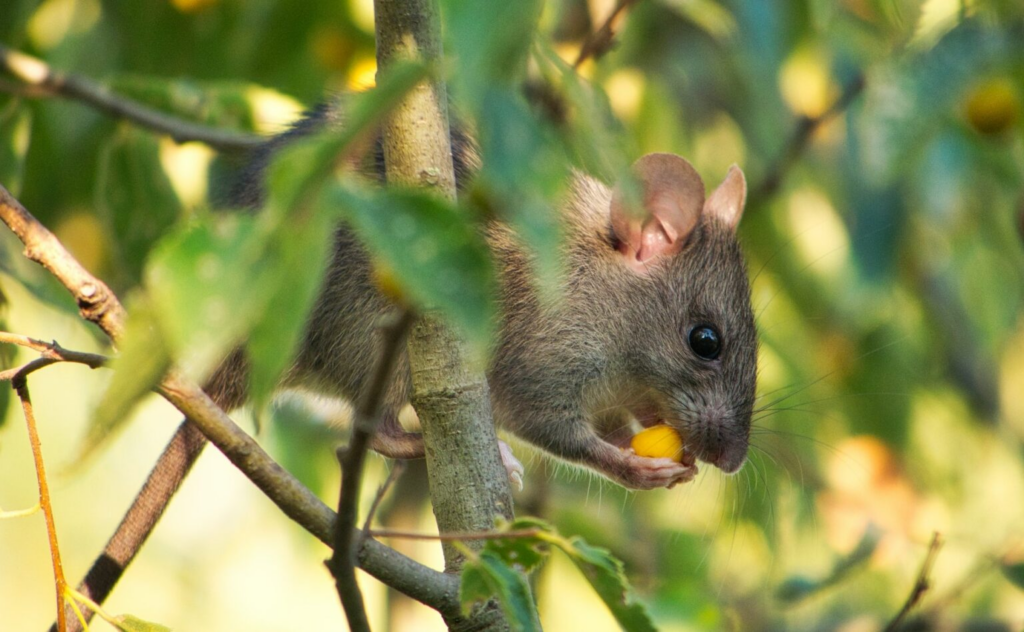
A food chain shows how organisms are interdependent in an ecosystem [1]. In other words, nutrients are dispersed and transformed through a chain of organisms that eat or are eaten by each other [2].
A food chain always starts with an organism that can produce its biomass without eating another organism, usually through photosynthesis by a plant, algae or bacteria, which are called producers [3]. All other organisms in a food chain are called consumers because they depend on the producers or other consumers for energy. Those who eat producers are called primary consumers, then secondary consumers, and so on. At the top of the food chain is the top consumer, which is always some predator and includes humans [1].

An ecosystem usually comprises several short or long food chains that interact and influence each other, forming a food web. An essential part of ecosystem functioning is the decomposition of dead plants and animals. Bacteria, insects, worms, fungi and micro-organisms usually do this. All the elements and nutrients the organisms were made of through decomposition are returned to nature. The minerals return to the soil, releasing carbon into the atmosphere as carbon dioxide. In this way, these substances can continue their cycle and be reabsorbed by the plants and animals that need them [1].
But it is not only nutrients that circulate in food chains and tissues. Environmental toxins such as lead, mercury, PCBs and DDT become enriched, i.e. increase in concentration, the higher up the food chain you go. Many environmental toxins are fat-soluble and persistent and are therefore stored in the body, which means that top consumers such as predators and birds of prey are particularly affected [4]. By understanding food chains and food webs, it is possible to predict possible consequences for different organisms and ecosystems if the number of a particular species increases or decreases [3].
Sources
- The Owl’s Biology – The food chain and the food web

- Britannia – The Food Chain

- Kahn Academy – Ecology – The food Chain

- Owl’s Chemistry – Environmental Toxins

October 2023, TÄNKOM | Revised November 2023 RETHINK



